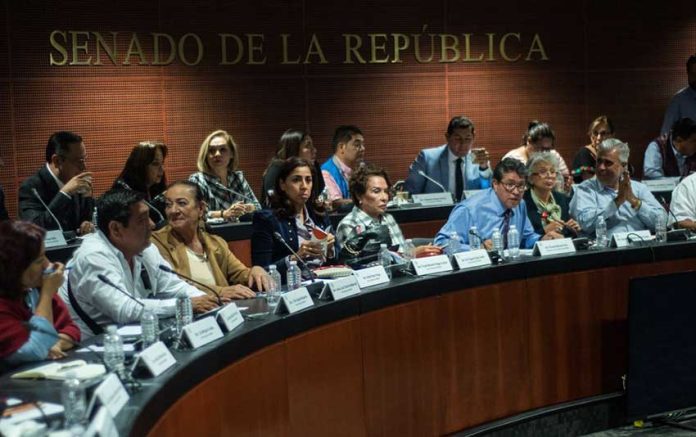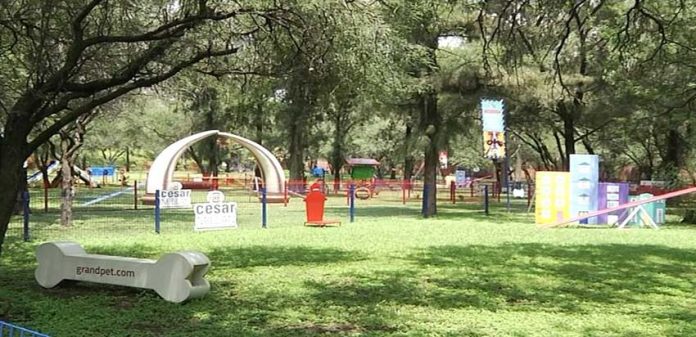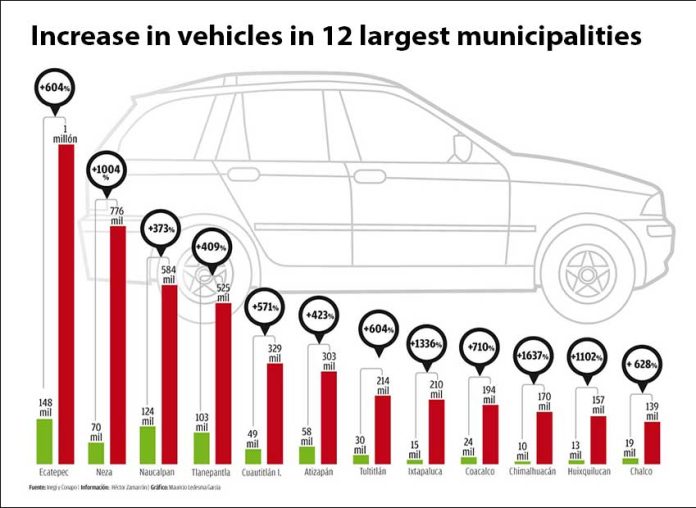When many people think of Los Cabos in Baja California Sur what generally comes to mind is glitz, glamour and all-inclusive hotel options accompanied by luxury excursions.
However, away from the opulence of the tourist corridor is a farm-to-table movement that is focused on organic farming and living a little closer to nature.
The movement is based on four tenets: food security, the proximity of food sourced, self-reliance and sustainability. The three major players in the movement in Los Cabos are from Mexico, Canada and the United States, making a North American union of farms just four miles or so from the pretty town of San José del Cabo.
While it’s hard to fathom how this rocky desert landscape that boasts 300 days of sunshine a year and little rain can have well-functioning farmland, the mixture of mineral-rich soil and intelligent irrigation systems has allowed for lush farms to flourish with abundant crops.
The last 10 years have seen these farms grow, develop restaurants, spas, cooking classes and even offer accommodation options that range from luxurious country cottages to eco-treehouses, providing an entirely different Los Cabos experience.
And unlike many so-called farm-to-table restaurants that end up sourcing organic food from rather far away, these restaurants at the tip of the Baja California peninsula sit upon the very farms that produce their food.
Los Tamarindos
Agricultural engineer-cum-chef Enrique Silva moved to Los Cabos from Sonora to work in the tourist industry in the 1990s. Starting his own restaurant in San José del Cabo (the first organic restaurant in the area), he wanted to source good-quality organic ingredients locally.
However, when he couldn’t find the quality he was looking for he used his background in agricultural engineering to start a small farm. Set on 19 acres of land of an old sugar cane hacienda from the late 1800s is Los Tamarindos, a farm-to-table restaurant that has been open for seven years.
The restaurant, which has the rustic feel of a Tuscan countryside eatery, overlooks the lush farm that produces organic produce all year round. The menu is limited to 14 items that change according to the season and to the produce ready to harvest.
All the fruit and vegetables served at the restaurant are grown on the land, as well as the chicken, quail and duck, the eggs and even the honey. Everything else, like seafood, cheeses and red meats, when used, are locally sourced from other nearby farms or ranges. Among their abundant crops they cultivate 30 different types of tomatoes.
The restaurant offers Mexican and Mediterranean-style cooking classes al fresco. There is also a small outdoor bar, which overlooks the farmland and surrounding mountains and serves cocktails infused with organic, farm-grown herbs.
In keeping with the ideas of “clean living” that go hand in hand with the farm-to-table movement, Los Tamarindos is in the process of building a wellness center for retreats or detox vacations that is scheduled to open in late 2019.
• Visit the website
Acre
Acre (pronounced ack-ray) is a lush oasis in Baja California Sur. Set on 25 acres of land, Acre was created by two Canadians, Cameron Watt and Stuart McPherson, who bought the land because of the mango orchard that was there.
Hurricane Odile flattened the original orchard in 2014 but undeterred, the two men started to replant the area and four years later it is lush, green and blooming with native plants. The open-kitchen concept restaurant, now popular with tourists and locals, offers an innovative and constantly changing menu of fresh farm-to-table cuisine created by chef Kevin Luzande.
The imaginative cocktail menu, inspired by the herbs found on the farm, was created by mixologist Dani Tatarin.
Acre also offers lodgings in the form of private eco-treehouses set in the tropical greenery. There is a pool decorated with hand-painted tiles, a movie theater, a small three-hole golf course and a mile-long track to run on when weather permits.
In addition, they have an animal sanctuary complete with a friendly donkey called Burrito, and they work on adopting out puppies born to street dogs. They also have their own apothecary label using active plant and herb ingredients grown on the farm.
In keeping with the sustainability tenet of the farm-to-table movement, when there is an abundance of food that cannot all be used in the restaurant the staff and local residents are offered food boxes so that they can enjoy the freshly grown produce with their families.
Acre’s down-to-earth feel offers an alternative option for those looking to holiday in Los Cabos. Its location just 10 minutes from a swimmable beach means you can have earthy luxury in the mountains and still get to enjoy a dip in the ocean.
• Visit the website
Flora Farms
Flora Farms is probably the most well known of the Los Cabos farm-to-table options since Adam Levine of Maroon 5 got married there in 2014. Gloria Greene, who grew up on a farm in northern California, started Flora Farms with her husband Patrick in 1996 and it has since grown to include a 125-acre ranch in nearby Santa Anita, where they raise animals such pigs, goats, chickens and rabbits.
In 2010 they opened a restaurant on the farm and all the food served in Flora’s Field Kitchen, a picturesque open-air restaurant, is either grown or reared on the farmland rich with heirloom vegetables and organic herbs or on the nearby ranch.
There is also a wood-fire oven that is used to bake all the bread fresh each day. There are onsite cottages that can be rented for laid-back vacations on the organic farm, just a mile from the sea but far away from it all.
With a spa, art classes, cooking classes and farm tours as well as freshly prepared organic meals, it might also be enough to tempt vacationers away from their beachfront hotels for a day in the mountains.
• Visit the website
Susannah Rigg is a freelance writer and Mexico specialist based in Mexico City. Her work has been published by BBC Travel, Condé Nast Traveler, CNN Travel and The Independent UK among others. Find out more about Susannah on her website.









